A Nabataean settlement was discovered in Wadi Rum by G. Horsfield and excavated by himself in the early 1930s. Later in May 1959 D. Kirkbride conducted another excavation. In 1962 the Department of Antiquities began a large-scale clearing operation, exposing more than 2800 square meters of antiquities. However, an earthquake in 1995 caused the area severe damage. The ruins in Wadi Rum include a temple, several villas, and building complexes.
The Temple
Within the construction materials of the Nabataean temple was a stone that was reused from a previous structure. This stone contained a Thamudic inscription referring to the construction of a sanctuary (house) for Lat, (a god) done by a member of a local tribe. The main Nabataean temple was later erected around the first century BC. A wall at the rear of the temple seems to be the last part built, and has been dated to the end of the first century AD. A Latin inscription was attached to an alter, indicating that the temple was in use in the first half of the third century.
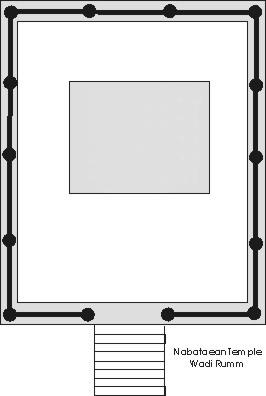
Stairs led up to a square monument reminiscent of square blocks and the Ka'ba in Petra.
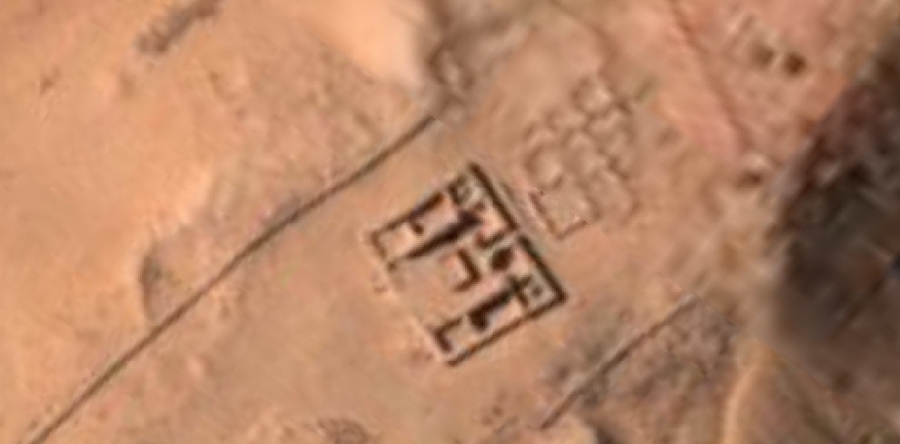
Wadi Rum Temple as seen from the air.

The focus of the Rum Temple was a square bock. If this was an altar, then where did the image stand? If this is the base of the image, then where was the altar? Or is this a square block, similar to the other square blocks in Petra, or even the Petra Ka'ba itself?
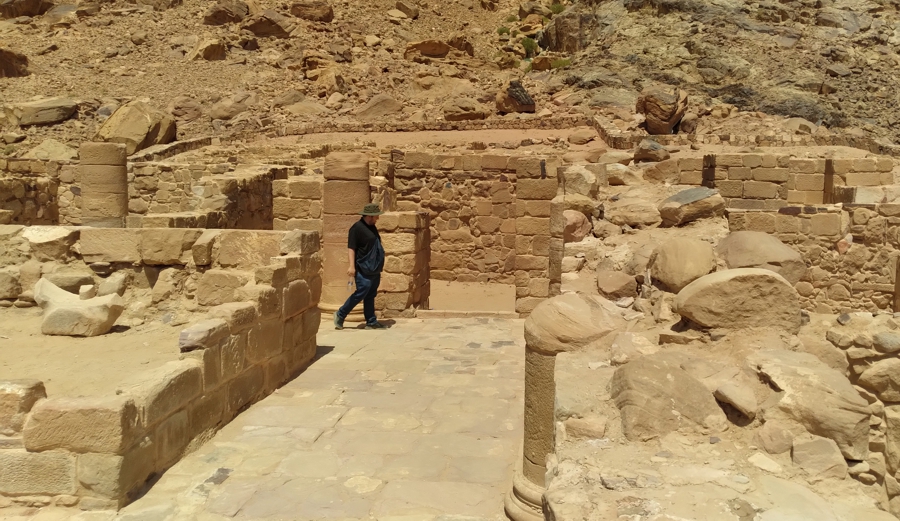
The square block in the center of the temple was at least five feet high. It was too high to act as an altar without stairs. Dan Gibson believes that it was similar to other god-blocks used by the Nabataeans, and was probably covered with a cloth and the focus of devotion.
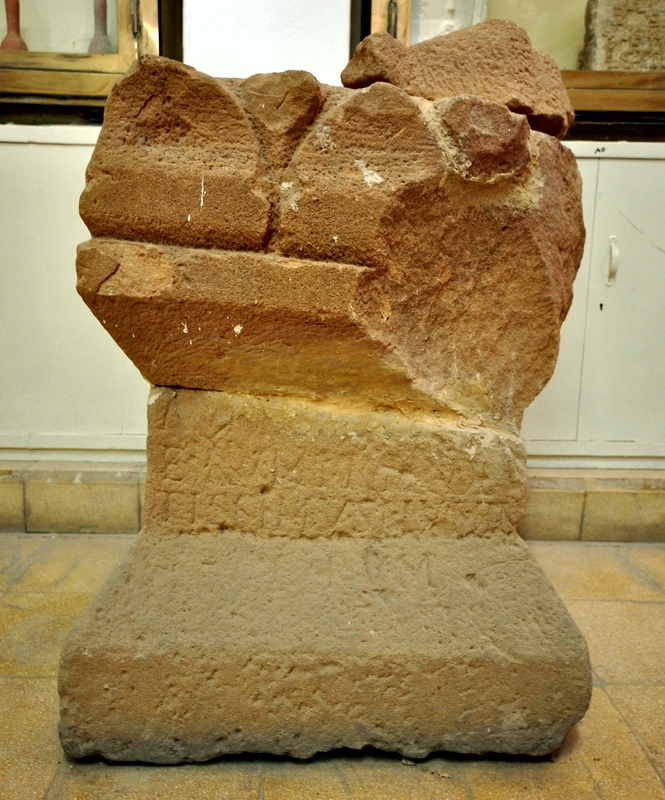
This altar for the goddess Allat was found at the Rum temple.
The Western Complex
In 1962 a complex of 20 rooms was cleared behind the temple. This complex was dated to the late first century. Pottery shards found during the excavation date to as late as the mid-fifth century AD. There are earlier structures below this, which have been tentatively dated to the late first century BC. The outline of these building can be seen in the top right of the satellite photo above.
The Southern Village
In the 1930s, the archeologists sketched in a 3500 square meter area south of the temple. It contains two very long walls (100 meters), and may have been associated with the canals that come from the spring higher up the mountain.
Conclusion
Wadi Rum (Iram) is first mentioned by Cl. Ptolemaeus in his list of cities in Arabia Felix. (Aramava-Geogr., 6.7.27). Above the site, on Rum Mountain are several natural springs (“Ayn ash-Shallalah) commonly known as ‘Lawrence’s Spring.’ During the Arab Revolt, Lawrence apparently came to this spring to soak in the small pool that formed below the spring. From these springs Nabataean aqueducts carried water down to two built cisterns, today badly damaged by the removal of their construction material. A second canal system came from ‘Ayn Abu Rumayleh, down through the temple hillside to the eastern complex and its baths. The ancient site at Wadi Rum apparently was occupied from very ancient times. It was the meeting place for several nomadic tribes, where they had a primitive building dedicated to Lat. Later, the Nabataeans built a temple on this site to the God Allat. Inscriptions around the temple and at the springs were left by various workmen, Masons, sculptors and architects.
Wadi Rum Reserve
Below are a number of photographs taken in and around the Wadi Rum reserve. This desert reserve is now a popular tourist spot, and the Nabataean ruins are often ignored by most of the visitors.
Photos of Wadi Rum
We wish to thank the many readers of Nabataea.net who have submitted their photos of Wadi Rum. We have included a sampling of these below:

Thanks to Michaela Weis for the above photo
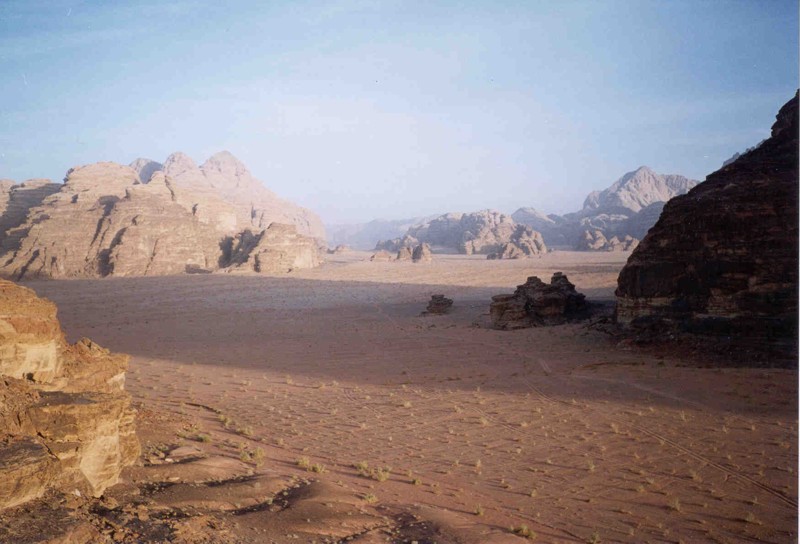
The colors in Rum change throughout the day.
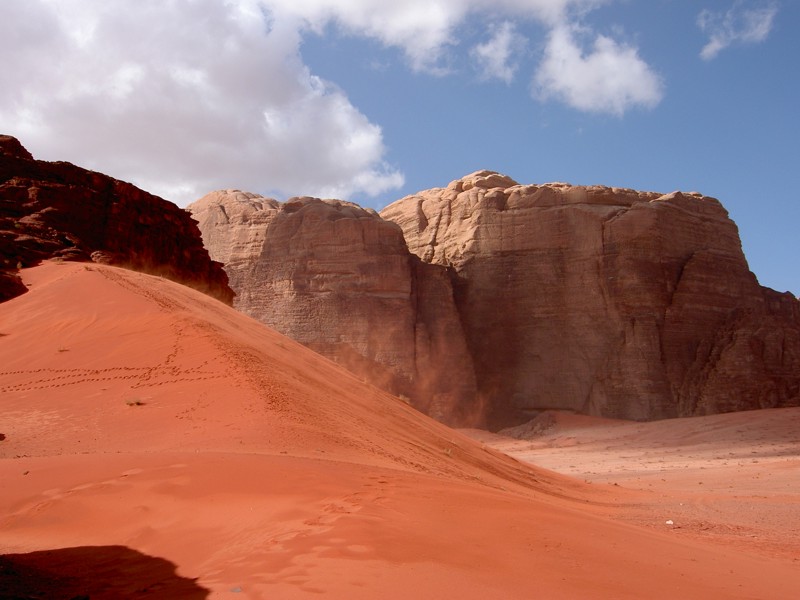
Sand dunes blow up against the mountain cliffs.
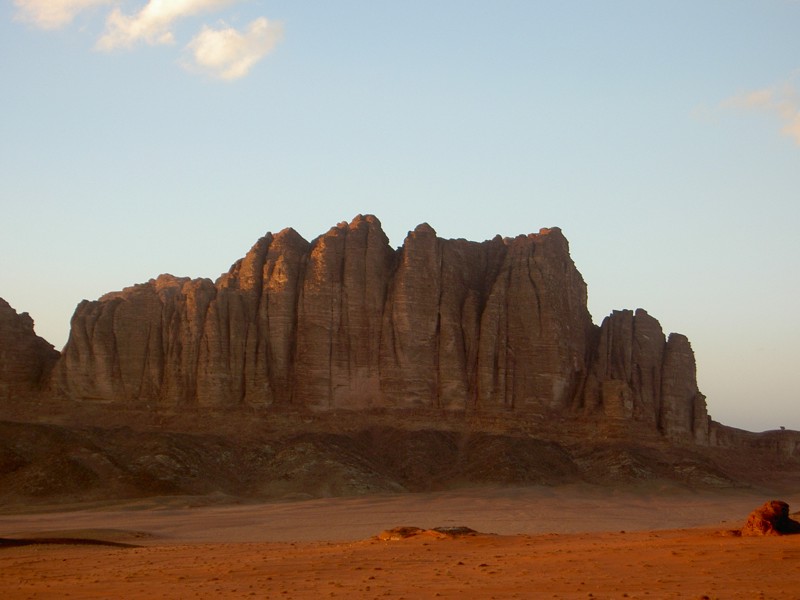
The shape of the mountains remind many people of towers.
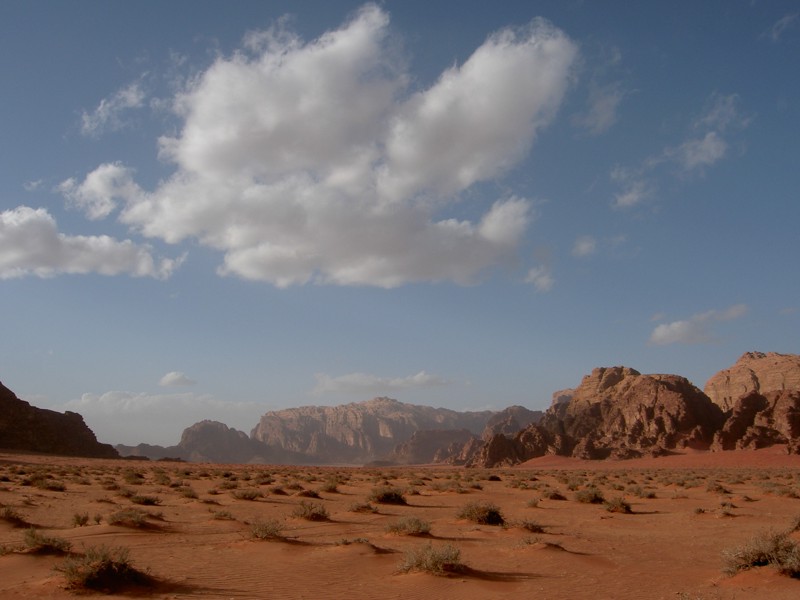
Small bushes are common in the desert areas.
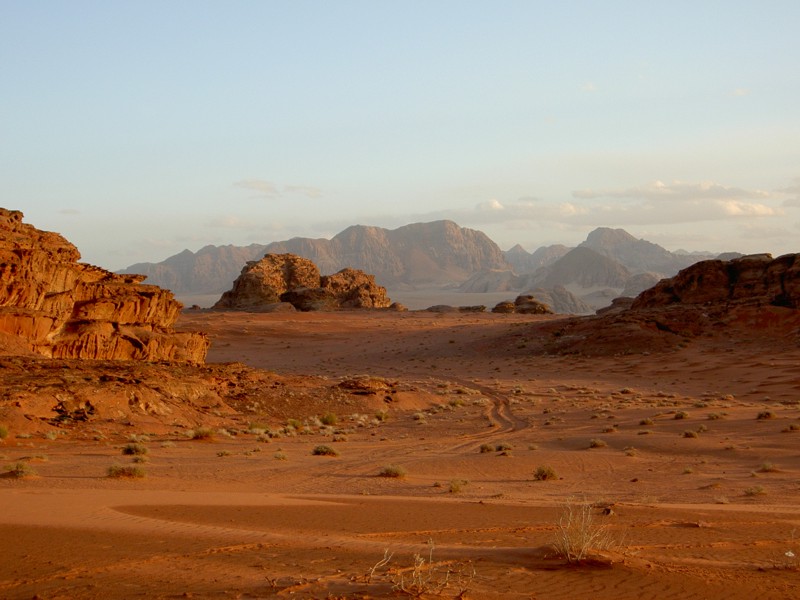
Wadi Rum is beautiful in the sunset of sunrise.

Thanks to Michaela Weis for the above photo

A stone arch. Most are made by wind erosion.

The Seven Pillars of Wisdom. Mentioned by Lawrence of Arabia
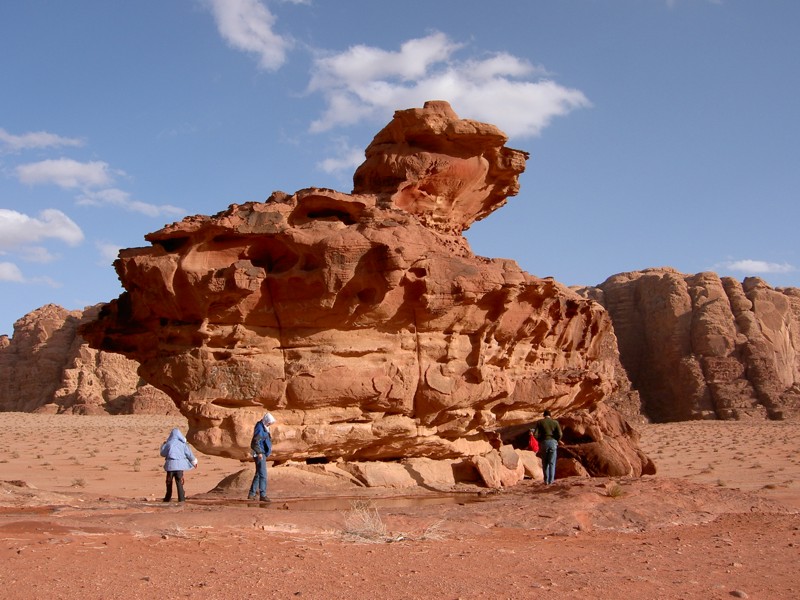
Looking for petrogylphs and game boards
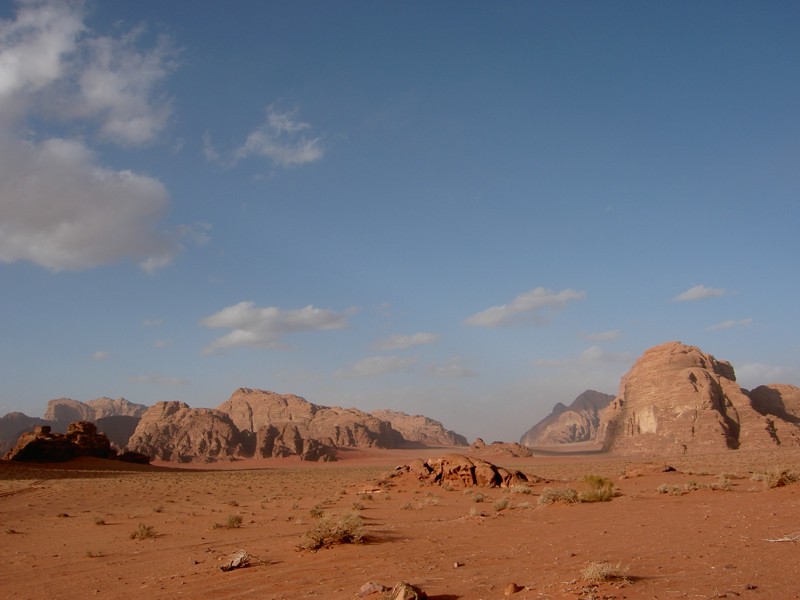
Wadi Rum
The next four photos (below) were sent to us by Shea Johnson. Thanks Shea!
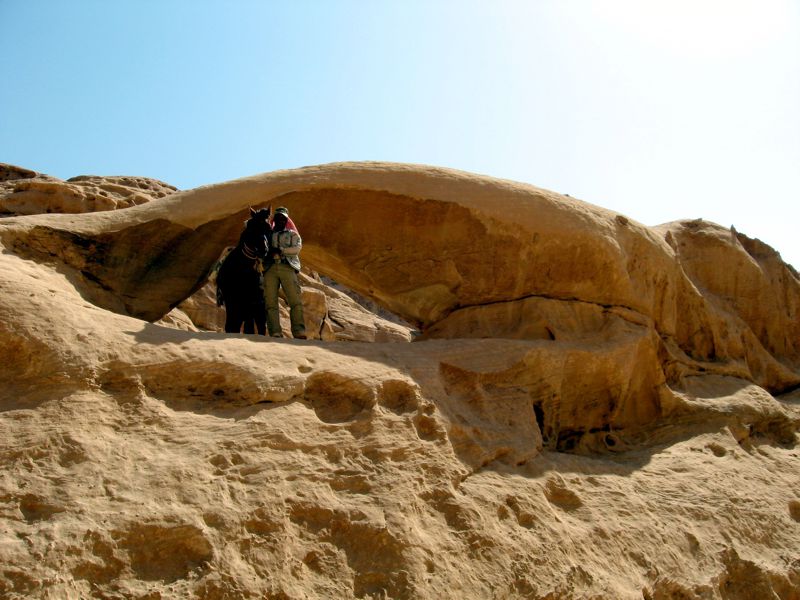
Another stone arch.
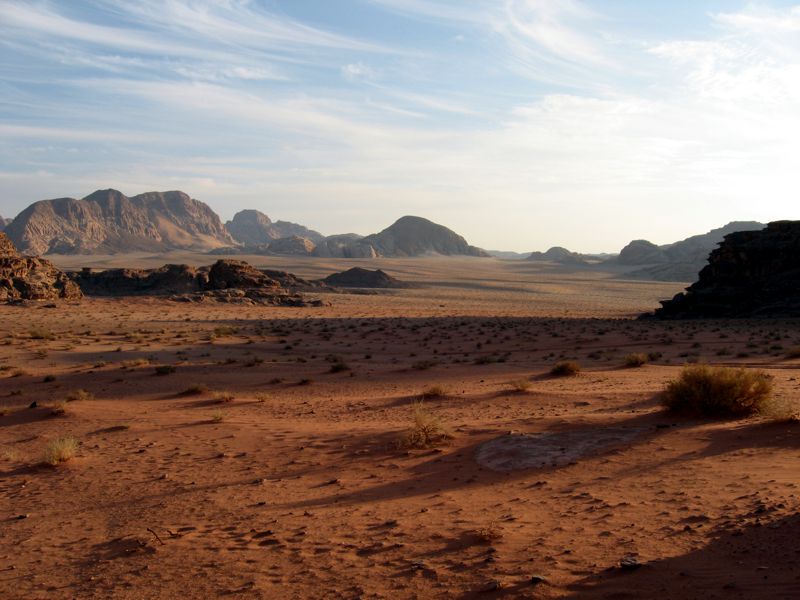
Sunset in Wadi Rum

Another sunset with the moon.
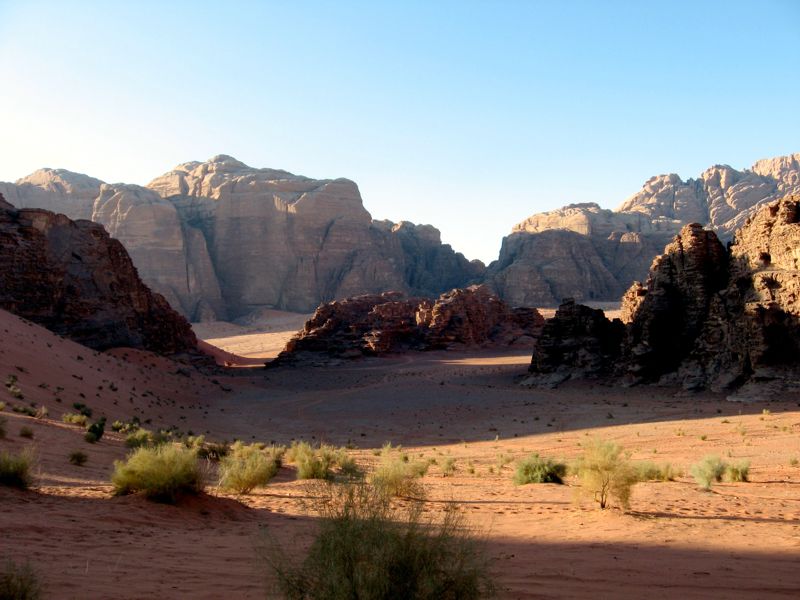
Shadows in Wadi Rum

Photo taken by Greg Fisher, (Humeima Expedition, 1998, 2002).
If you have a great picture taken in Wadi Rum that you would like to share with us, please email it to us.
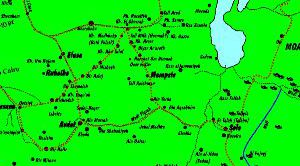

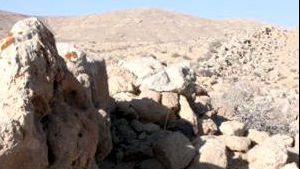

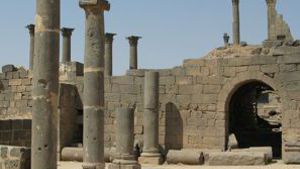
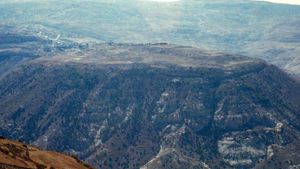

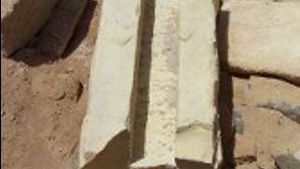
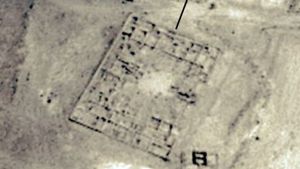

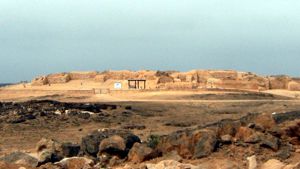
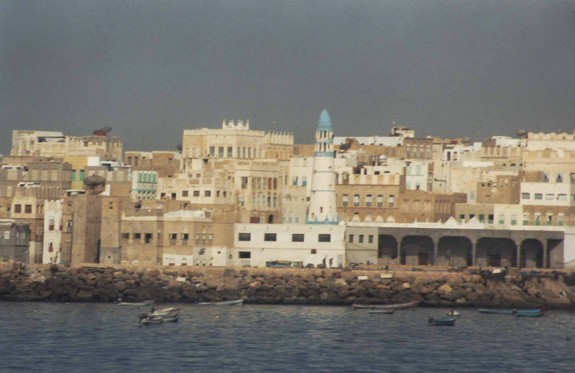
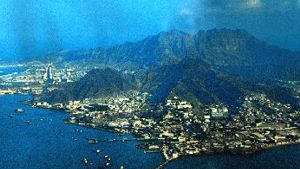
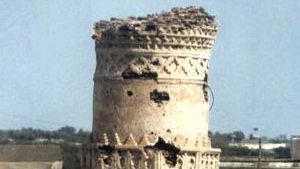
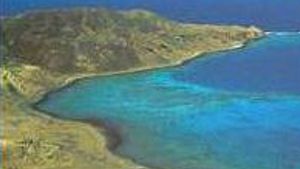
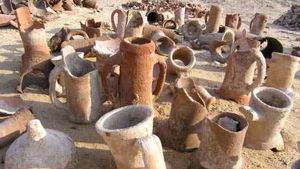
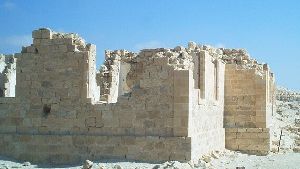
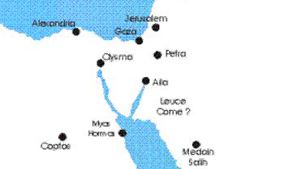
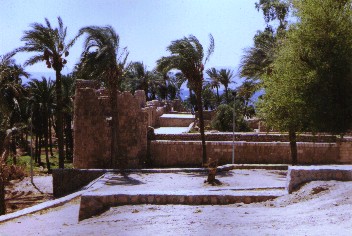
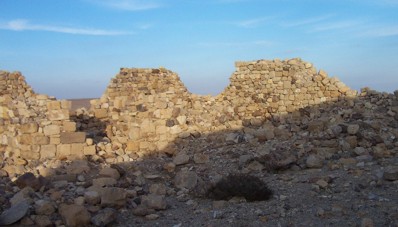
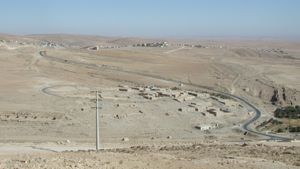
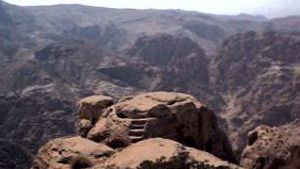
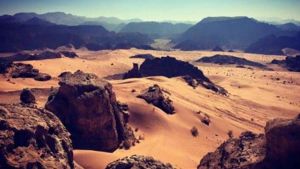

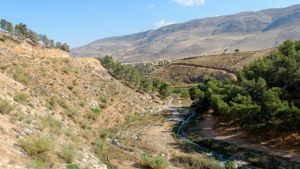
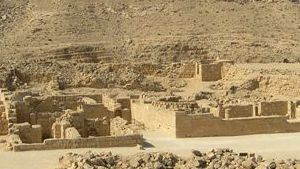
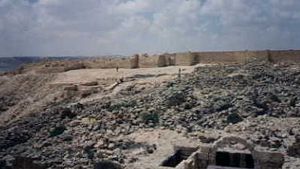
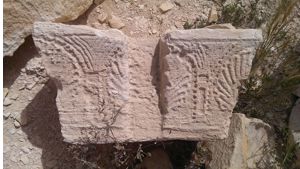


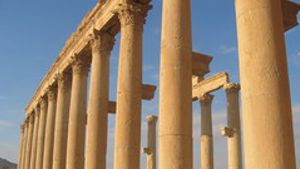

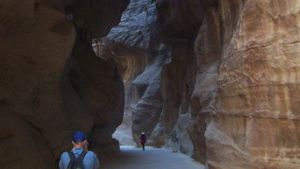

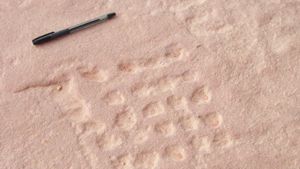

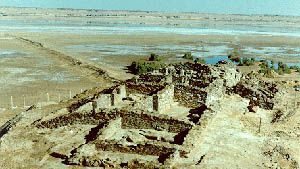
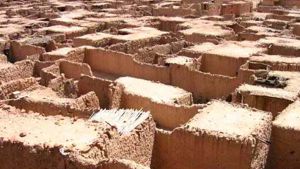
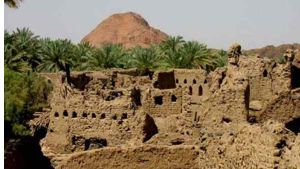
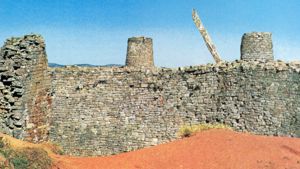
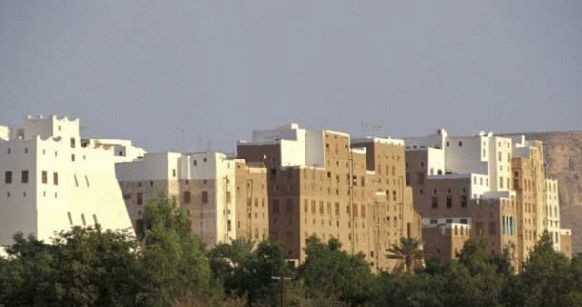
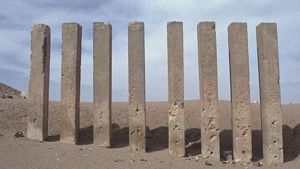
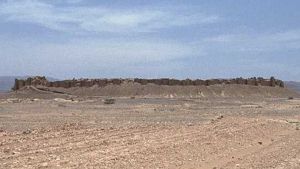
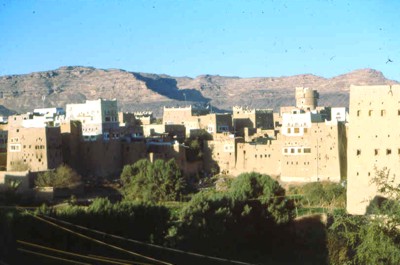


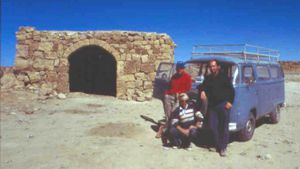
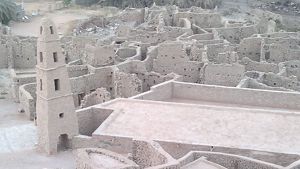
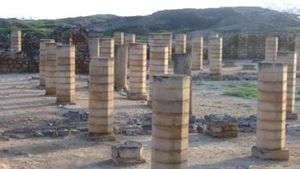


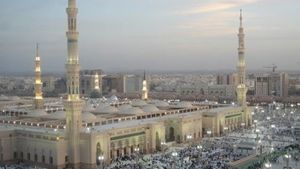
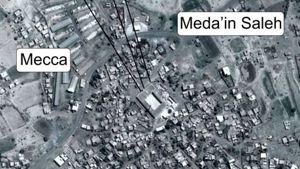
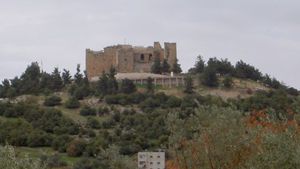
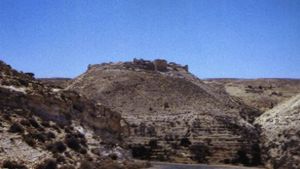
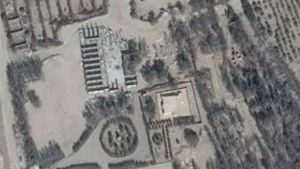
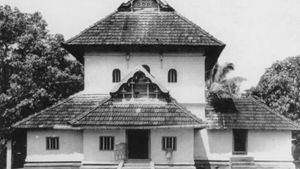
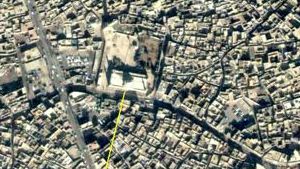
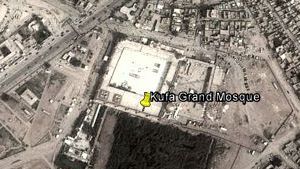


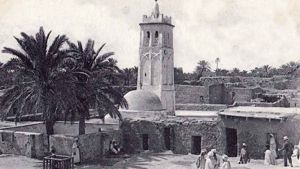
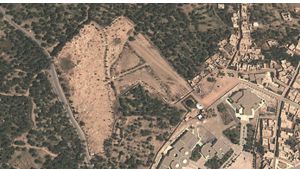
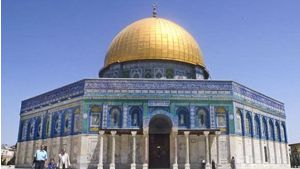
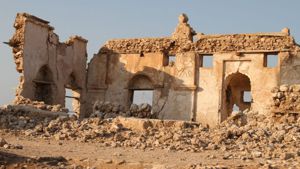
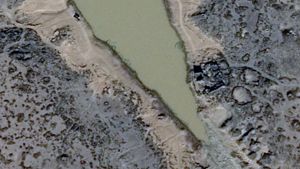
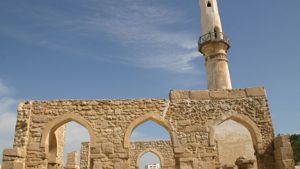
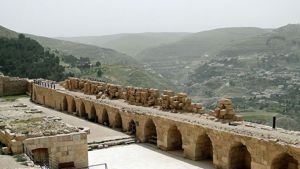
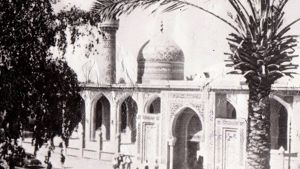
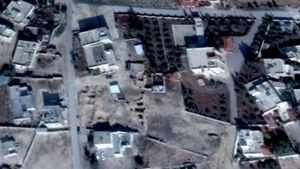
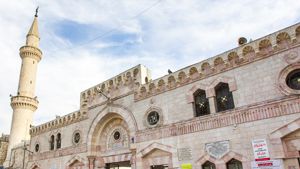

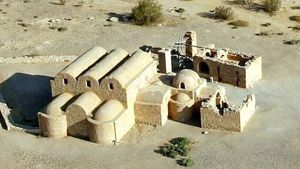
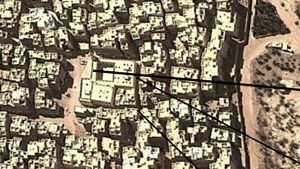
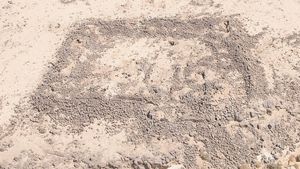
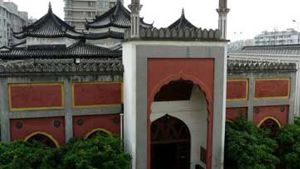
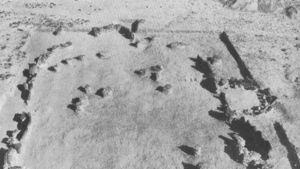
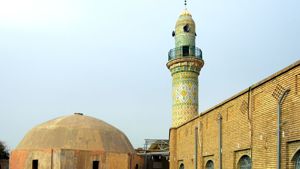
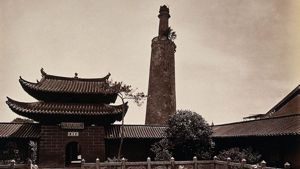
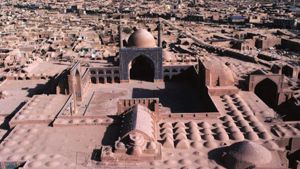
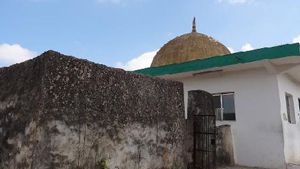
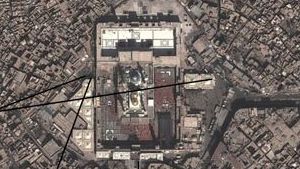
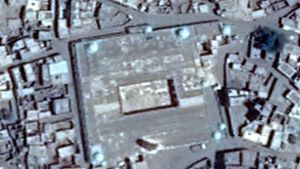
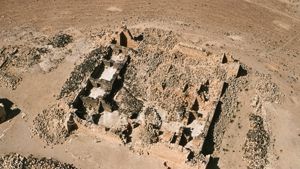
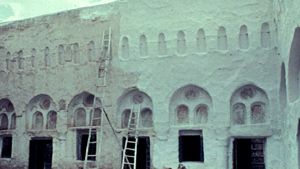

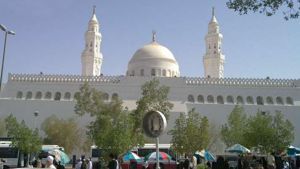
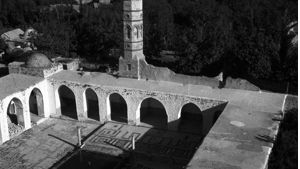
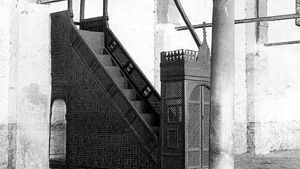
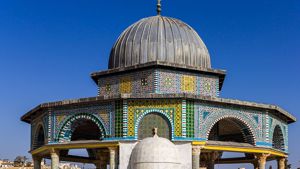

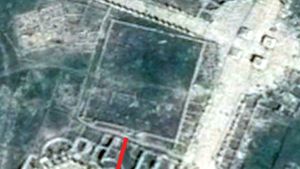
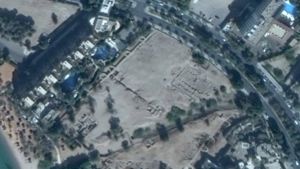
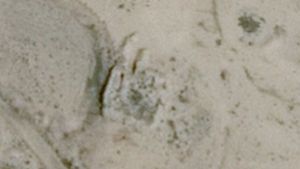
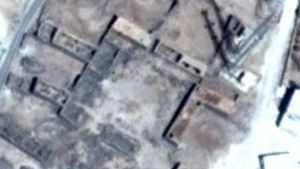
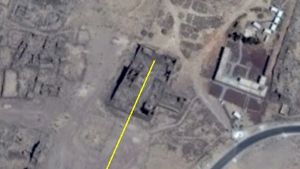
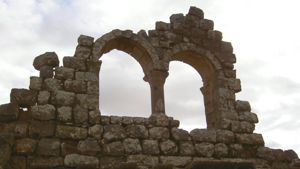
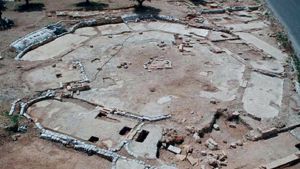
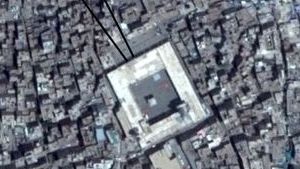

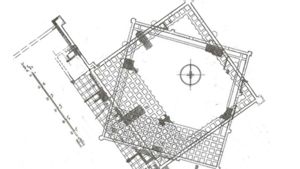
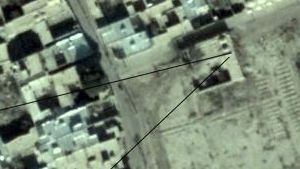

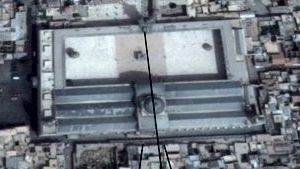
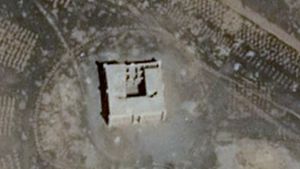

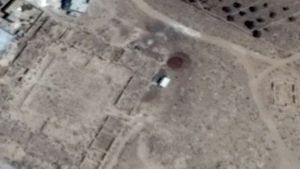
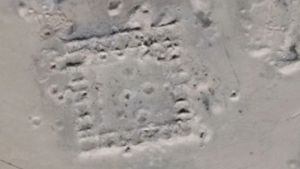
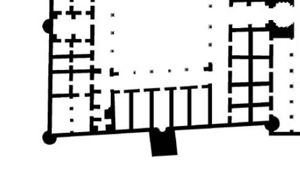

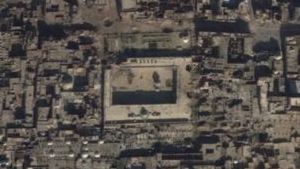
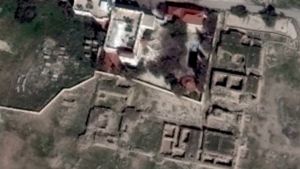
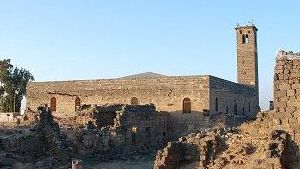
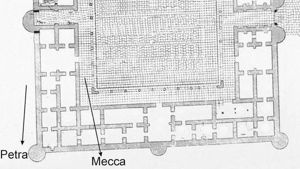
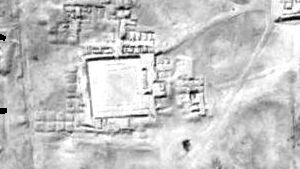
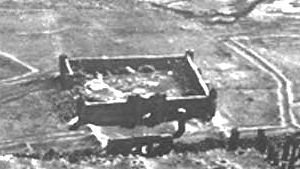
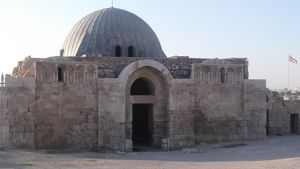
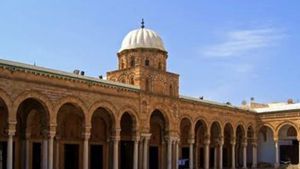
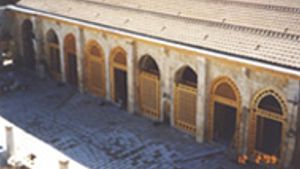

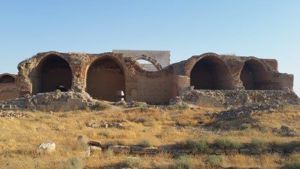
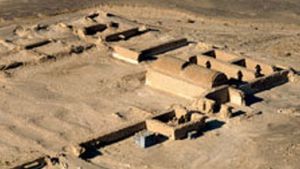
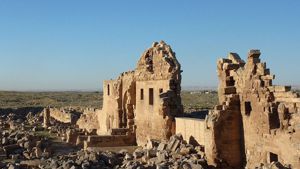
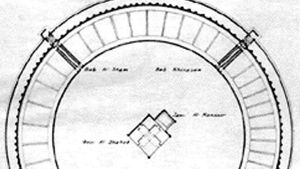
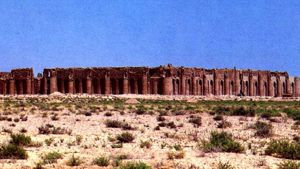
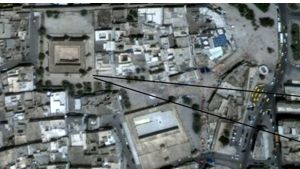
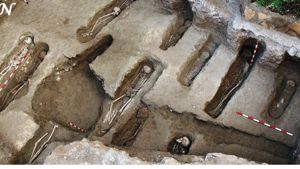
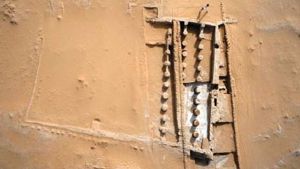
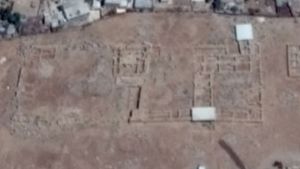
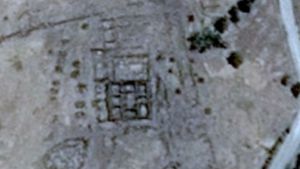
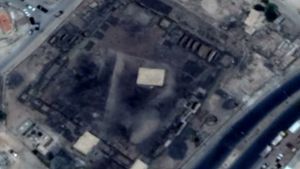
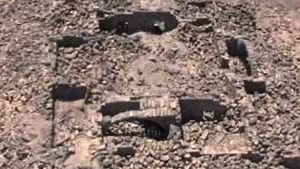
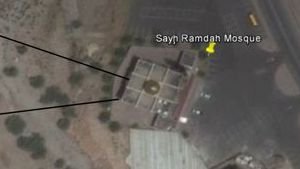
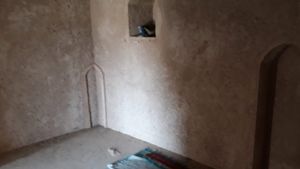

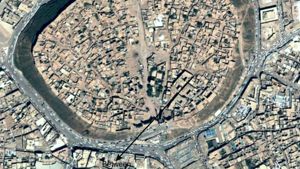
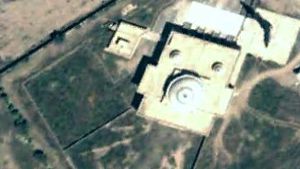
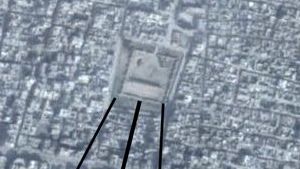
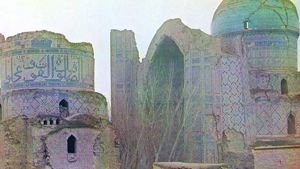
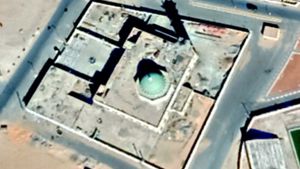

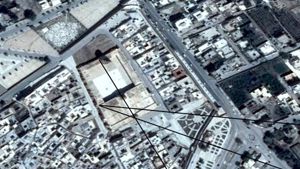
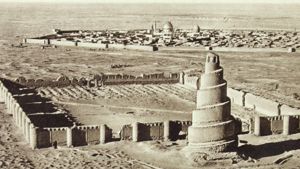
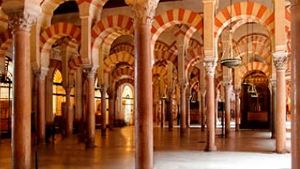
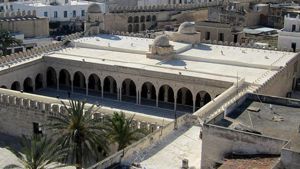
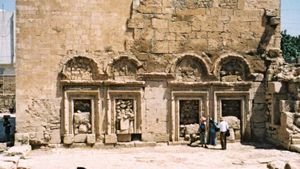
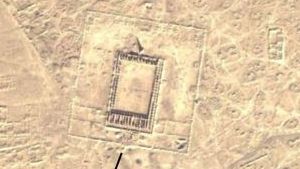
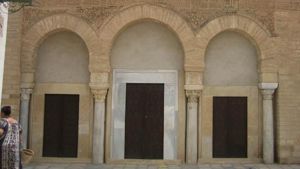
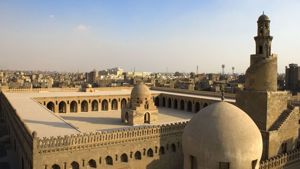
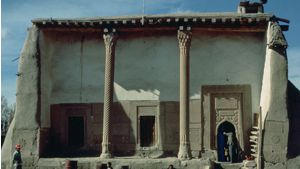
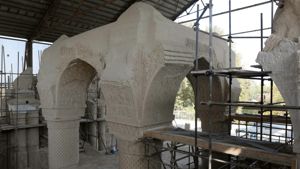
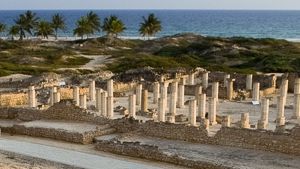
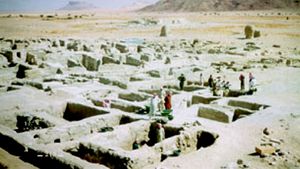
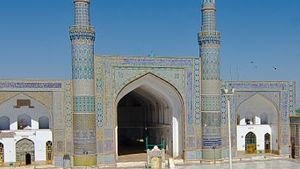
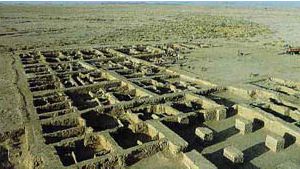
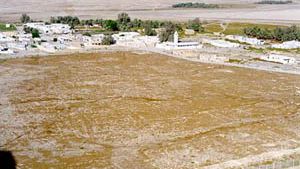
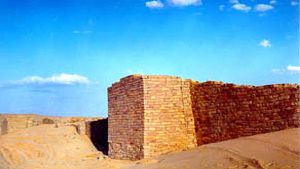
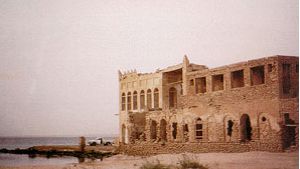

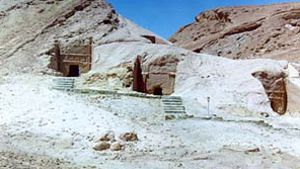
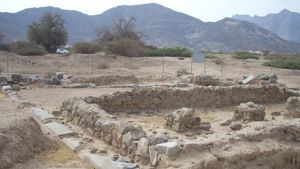
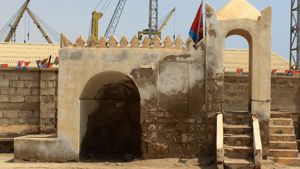
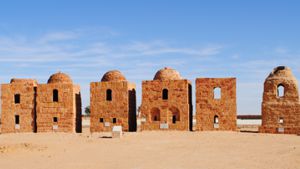
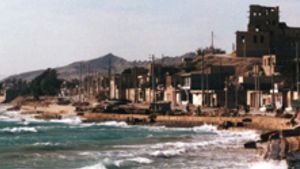
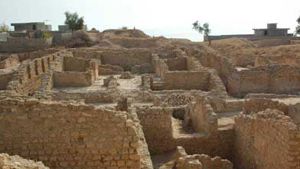
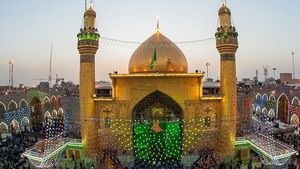
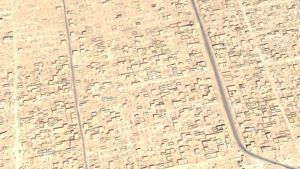
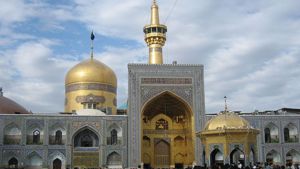
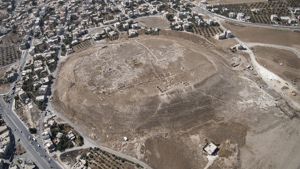

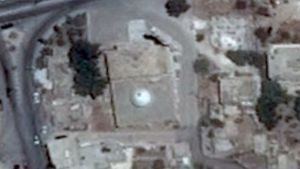
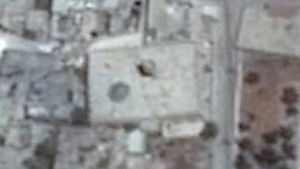
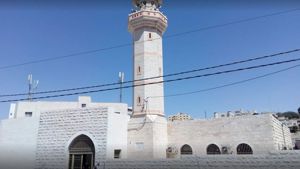
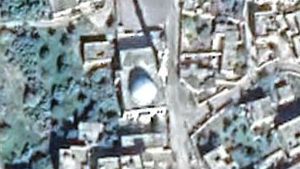
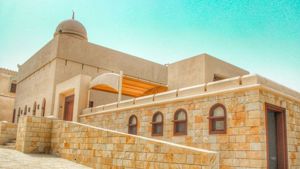
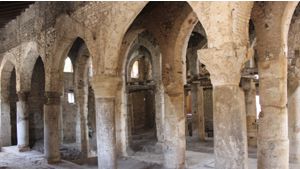
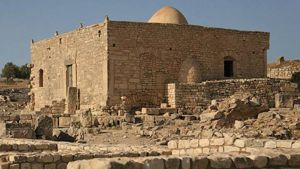
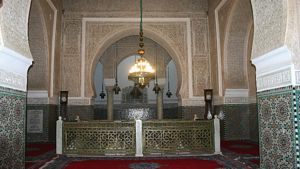
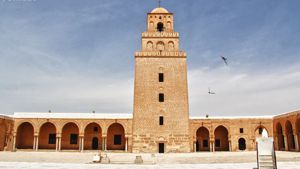
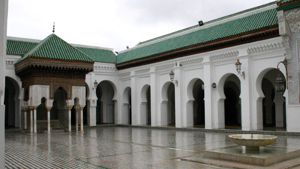

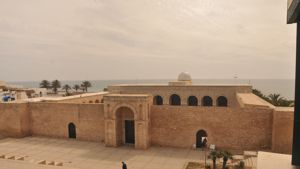
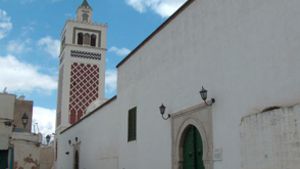
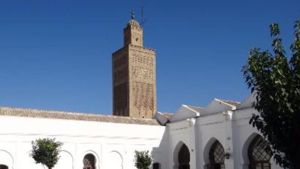


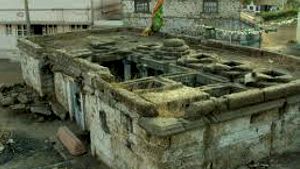
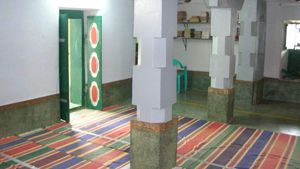
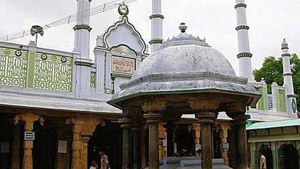
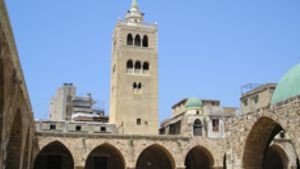
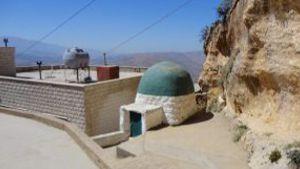

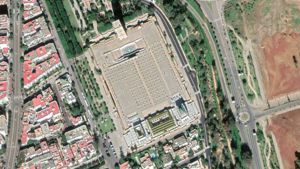
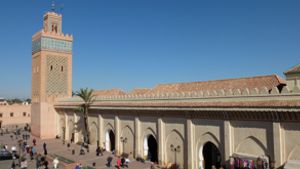

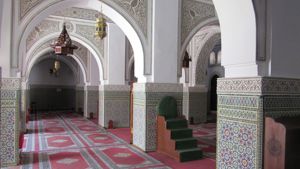
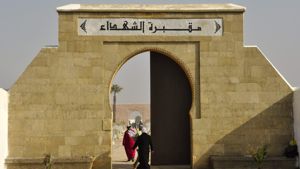
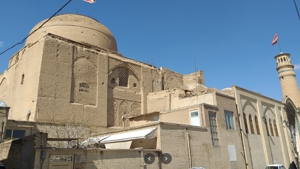
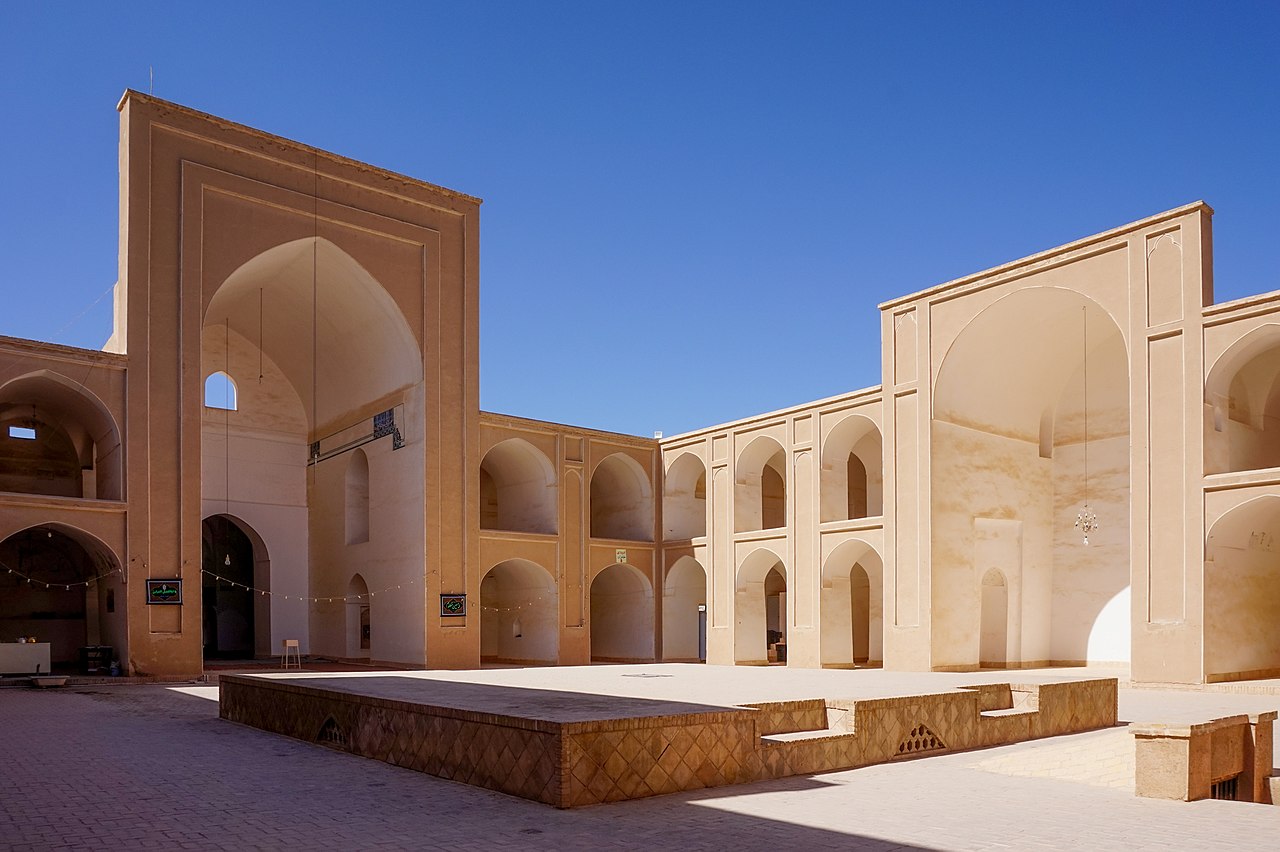
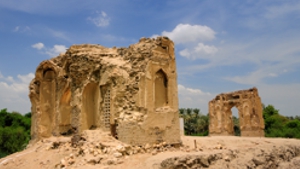
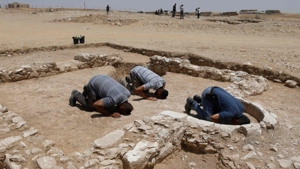
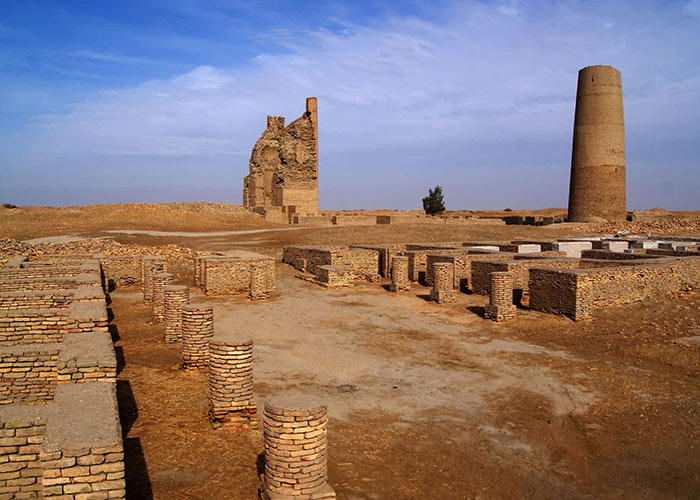


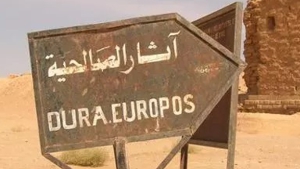
Page Discussion
Membership is required to comment. Membership is free of charge and available to everyone over the age of 16. Just click SignUp, or make a comment below. You will need a user name and a password. The system will automatically send a code to your email address. It should arrive in a few minutes. Enter the code, and you are finished.
Members who post adverts or use inappropriate language or make disrespectful comments will have their membership removed and be barred from the site. By becoming a member you agree to our Terms of Use and our Privacy, Cookies & Ad Policies. Remember that we will never, under any circumstances, sell or give your email address or private information to anyone unless required by law. Please keep your comments on topic. Thanks!